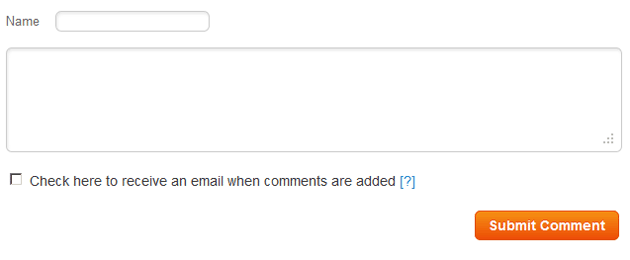Question
Topic: Student Questions
A North American Product Into International Market
Related Discussions
- Off Page
- B2b Challenges Faced By Decision Makers In Apac
- Marketing Research
- Companies Changed The Strategy Based On Research
- Marketing Targeting Stragety Of A Music Band
- Competition
- Trade Show Actions
- Blackpink - Strengths And Weaknesses
- Qs About Competitor Audit Analysis
- Final Year University Dissertation Question Help!
- Search more Know-How Exchange Q&A
Community Info
Top 25 Experts
(Student Questions)
- Gary Bloomer 32,138 points
- Jay Hamilton-Roth 28,001 points
- Peter (henna gaijin) 23,802 points
- Carl Crawford 22,363 points
- wnelson 21,503 points
- Chris Blackman 10,081 points
- Pepper Blue 8,859 points
- SRyan ;] 8,290 points
- Blaine Wilkerson 7,890 points
- steven.alker 6,430 points
- SteveByrneMarketing 6,267 points
- telemoxie 6,160 points
- bobhogg 4,824 points
- MANSING 4,819 points
- Levon 4,419 points
- Mushfique Manzoor 4,218 points
- Corpcommer 3,952 points
- darcy.moen 3,605 points





My group and I are very passionate about finding something dynamic, a product that is of great need in an international market which ideally may also link with the following factors:
- demographic
-culture
- the country's economy
-natural resources
-technology of the country
-politics
-psychographic trends
anyone have any attractive suggestions? we have a few ideas but were looking for a first-rate product and country to launch it into. A market that is starving for this product which may incorporate the factors above.
extra points for Canadian products as that would be a specific ideal. Who's got some great ideas?